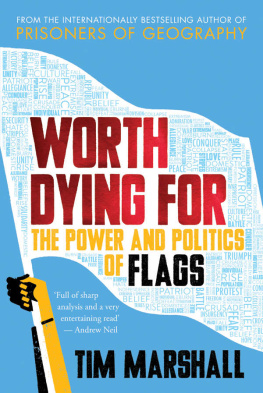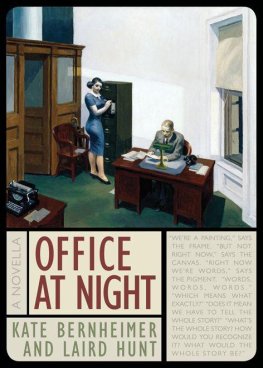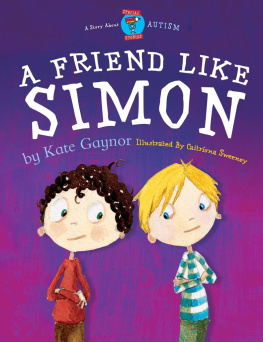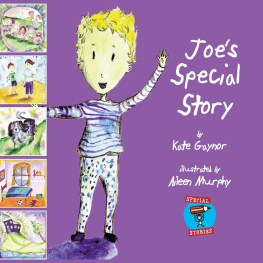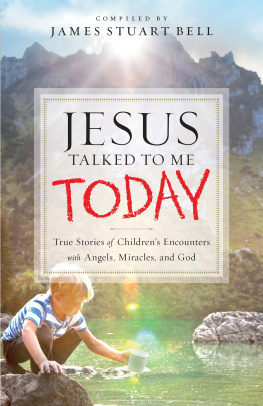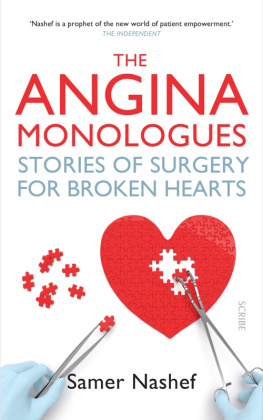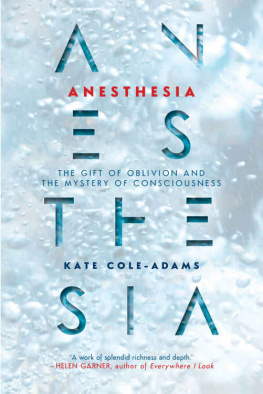Kate Bull - Open hearts : stories of the surgery that changes childrens lives
Here you can read online Kate Bull - Open hearts : stories of the surgery that changes childrens lives full text of the book (entire story) in english for free. Download pdf and epub, get meaning, cover and reviews about this ebook. year: 2016, genre: Politics. Description of the work, (preface) as well as reviews are available. Best literature library LitArk.com created for fans of good reading and offers a wide selection of genres:
Romance novel
Science fiction
Adventure
Detective
Science
History
Home and family
Prose
Art
Politics
Computer
Non-fiction
Religion
Business
Children
Humor
Choose a favorite category and find really read worthwhile books. Enjoy immersion in the world of imagination, feel the emotions of the characters or learn something new for yourself, make an fascinating discovery.
Open hearts : stories of the surgery that changes childrens lives: summary, description and annotation
We offer to read an annotation, description, summary or preface (depends on what the author of the book "Open hearts : stories of the surgery that changes childrens lives" wrote himself). If you haven't found the necessary information about the book — write in the comments, we will try to find it.
Kate Bull: author's other books
Who wrote Open hearts : stories of the surgery that changes childrens lives? Find out the surname, the name of the author of the book and a list of all author's works by series.
Open hearts : stories of the surgery that changes childrens lives — read online for free the complete book (whole text) full work
Below is the text of the book, divided by pages. System saving the place of the last page read, allows you to conveniently read the book "Open hearts : stories of the surgery that changes childrens lives" online for free, without having to search again every time where you left off. Put a bookmark, and you can go to the page where you finished reading at any time.
Font size:
Interval:
Bookmark:
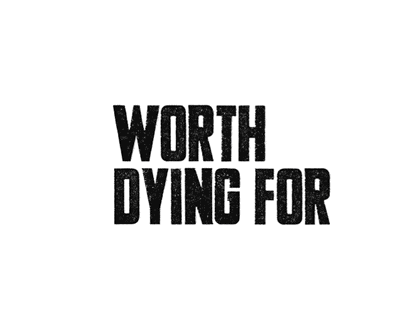



I am no more than what you believe me to be
and I am all that you believe I can be.
The American flag in conversation with US Secretary
of the Interior Franklin K. Lane (Flag Day, 1914)
O N THE DAY OF 9/11, AFTER THE FLAMES HAD DIED DOWN and the dust had mostly settled, three FDNY firefighters clambered onto the still-smoking wreckage of the World Trade Center in New York City and raised the Stars and Stripes.
The event was not planned, there were no official photographers; the three men just felt that amid such death and destruction they should do something good. A local newspaper photographer called Tom Franklin captured the moment. Later he commented that his picture said something to me about the strength of the American people.
How could a piece of coloured cloth say something so profound that the photo was reproduced not only across the USA but in newspapers around the world? The flags meaning comes from the emotion it inspires. Old Glory, as the Americans know it, speaks to them in ways that a non-American simply cannot share; but we can understand this, because many of us will have similar feelings about our own symbols of nationhood and belonging. You may have overtly positive, or indeed negative, opinions as to what you think your flag stands for, but the fact remains: that simple piece of cloth is the embodiment of the nation. A countrys history, geography, people and values all are symbolized in the cloth, its shape and the colours in which it is printed. It is invested with meaning, even if the meaning is different for different people.
Each of the worlds flags is simultaneously unique and similar. They all say something sometimes perhaps too much.
That was the case in October 2014 when the Serbian national football team hosted Albania at the Partizan Stadium in Belgrade. It was Albanias first visit to the Serbian capital since 1967. The intervening years had witnessed the Yugoslav Civil War, including the conflict with the ethnic Albanians in Kosovo. That ended in 1999 with the de facto partition of Serbia, following a three-month NATO bombing of Serb forces, towns and cities. Then, in 2008, Kosovo unilaterally declared itself an independent state. The move was supported by Albania and recognized by many countries notably, Spain was one that did not. It understood that the sight of the Kosovar flag flying above the capital of an independent Kosovo might galvanize the Catalonian independence movement.
Fast-forward six years and tensions between Serbia and Kosovo, and by extension Albania, were still high. In the certain knowledge that they would be attacked, away fans had not been allowed to attend.
It was a slow-paced game, albeit with a highly charged atmosphere, punctuated by loud chants of Kill the Albanians ringing out from the stands. Shortly before half time, fans and then some players began to notice that a remote-controlled drone was approaching slowly out of the night sky towards the halfway line on the pitch. It was later discovered to have been piloted by a thirty-three-year-old Albanian nationalist called Ismail Morinaj, who was hiding in a tower of the nearby Church of the Holy Archangel Gabriel, from where he could see the pitch.
As the drone came lower, a stunned silence began to descend around the stadium and then, as it hovered near to the centre circle, there was a sudden explosion of outrage. It was carrying an Albanian flag.
This wasnt merely the flag of the country, which alone would likely have caused problems. This flag bore the double-headed Albanian black eagle, the faces of two Albanian independence heroes from the early twentieth century and a map of Greater Albania, incorporating parts of Serbia, Macedonia, Greece and Montenegro. It was emblazoned with the word autochthonous, a reference to indigenous populations. The message was that the Albanians, who consider themselves to be of ancient Illyrian origin from the fourth century BCE, were the real people of the region and the Slavs, who only arrived in the sixth century CE, were not.
A Serbian defender, Stefan Mitrovi, reached up and grabbed the flag. He later said he began folding it up as calmly as possible in order to give it to the fourth official so that the game could continue. Two Albanian players snatched it from him, and that was that. Several players began fighting with each other, then a Serbian fan emerged from the stands and hit the Albanian captain over the head with a plastic chair. As more Serbs poured onto the pitch, the Serb team came to their senses and tried to protect the Albanian players as they ran for the tunnel, the match abandoned. Missiles rained down on them as the riot police fought fans in the stands.
The political fallout was dramatic. The Serbian police searched the Albanian teams dressing room and then accused the brother-in-law of the Albanian prime minister of operating the drone from the stands. The media in both countries went into nationalistic overdrive; Serbias foreign minister, Ivica Dai, said his country had been provoked and that if someone from Serbia had unveiled a flag of Greater Serbia in Tirana or Pristina, it would already be on the agenda of the UN Security Council. A few days later the planned visit of the Albanian prime minister to Serbia, the first in almost seventy years, was cancelled.
George Orwells aphorism that football is war minus the shooting was proved right and, given the volatility in the Balkans, the mix of football, politics and a flag could even have led to a real conflict.
Planting the US flag at the site of the Twin Towers did presage a war. Tom Franklin said that when he took his shot he had been aware of the similarities between it and another famous image from a previous conflict the Second World War, when US Marines planted the American flag atop Iwo Jima. Many Americans will have recognized the symmetry immediately and appreciated that both moments captured a stirring mix of powerful emotions: sadness, courage, heroism, defiance, collective perseverance and endeavour.
Both images, but perhaps more so the 9/11 photograph, also evoke the opening stanza of the American national anthem, The Star-Spangled Banner, particularly its final lines:
O say does that star-spangled banner yet wave
Oer the land of the free and the home of the brave?
At a moment of profound shock for the American people, the sight of their flag yet waving was, for many, reassuring. That the stars of the fifty states were held aloft by men in uniform may have spoken to the streak of militarism that tinges American culture, but to see the red, white and blue amid the awful grey devastation of Ground Zero will also have helped many ordinary citizens to cope with the other deeply disturbing images emerging from New York City that autumn day.
* * *
Where did these national symbols, to which we are so attached, come from? Flags are a relatively recent phenomenon in mankinds history. Standards and symbols painted on cloth predate flags and were used by the ancient Egyptians, the Assyrians and the Romans, but it was the invention of silk by the Chinese that allowed flags as we know them today to flourish and spread. Traditional cloth was too heavy to be held aloft, unfurled and fluttering in the wind, especially if painted; silk was much lighter and meant that banners could, for example, accompany armies onto battlefields.
Next pageFont size:
Interval:
Bookmark:
Similar books «Open hearts : stories of the surgery that changes childrens lives»
Look at similar books to Open hearts : stories of the surgery that changes childrens lives. We have selected literature similar in name and meaning in the hope of providing readers with more options to find new, interesting, not yet read works.
Discussion, reviews of the book Open hearts : stories of the surgery that changes childrens lives and just readers' own opinions. Leave your comments, write what you think about the work, its meaning or the main characters. Specify what exactly you liked and what you didn't like, and why you think so.

